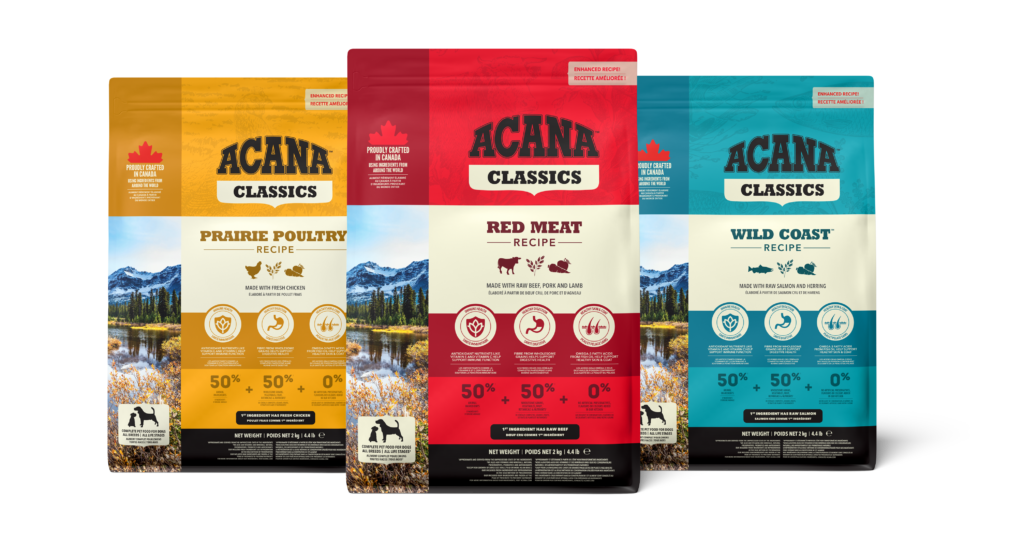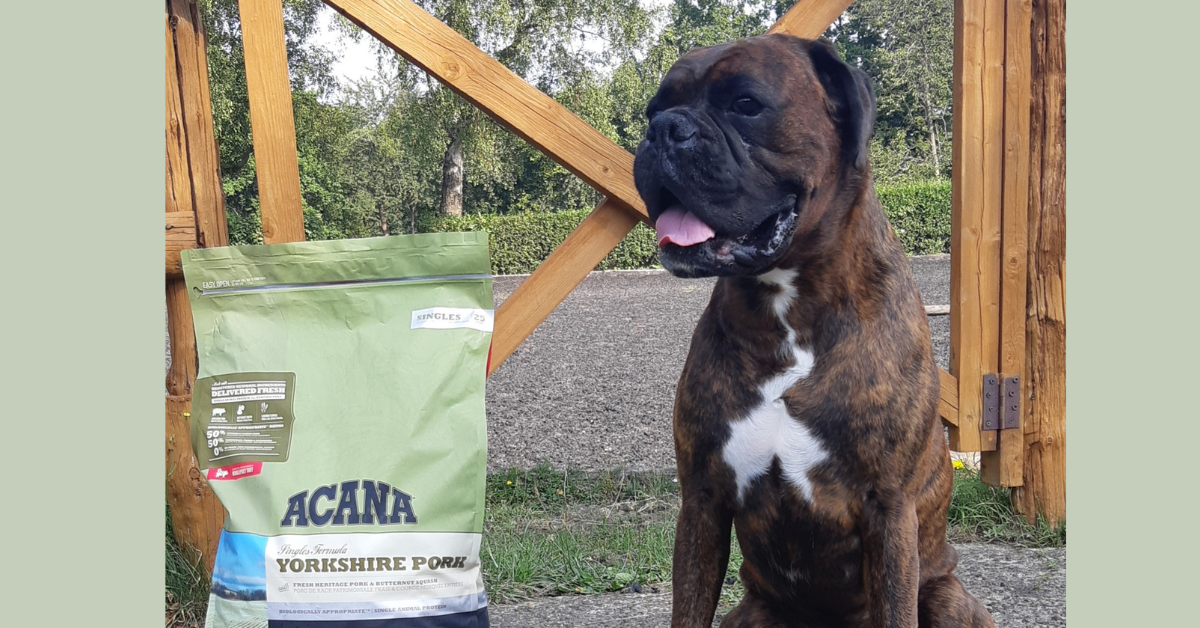When Can Kittens Eat Adult Food? A Guide to the Right Time for the Switch
As a kitten owner, you are probably wondering when the best time to transition to an adult food is. It’s important not to switch too early or too late, so when exactly is the happy medium?
Understanding a Kitten’s Nutritional Needs
Kitten and adult foods differ; kittens grow rapidly and therefore require more calories to support that growth. Protein is crucial in their diet, as amino acids are the building blocks for muscle and tissue. For example, taurine is one of the most important amino acids and is vital for your kitten’s brain, heart, and vision. Essential fatty acids are very important for energy – which your playful kitten is most certainly going to need! Kittens also require more calcium than adult cats, as their skeletal system is growing and developing. Of course, a wide range of nutrients such as vitamin A, vitamin B, thiamin, and niacin are also necessary for your kitten’s development.
When Can a Kitten Start Eating Adult Food?
Most cats are fully grown by around 12 months of age. The growth phase has ended around this time and they will no longer require extra calories and energy. This is the best time to start transitioning to an adult ACANA recipe.
Some larger breeds, such as Maine Coons, may not reach maturity until around 18 months of age. If you aren’t sure if your cat has reached its adult weight, consult your trusted vet for advice.
Signs Your Kitten Is Ready for Adult Food
As your kitten matures, its growth will slow down. You will notice your kitten’s weight begins to plateau and they may seem less hungry than before. As they mature, they require less energy and therefore may not need as much food to satisfy them. These are signs that the transition to adult food is near.
How to Transition from Kitten to Adult Food
To avoid digestive upset and to allow your cat to adjust to their new adult food, a gradual transition over around 7 days is important. Start with 75% of their ACANA kitten formula mixed with 25% of the new adult formula. Over the course of the week, slowly increase the percentage of new food and decrease the old food. By the end of the week, as long as you are not observing anything abnormal (loose stool, vomiting, excessive itching, etc.), you should be feeding full portions of the adult recipe.
Risks of Switching Too Early or Too Late
Changing too early, while your kitten is still growing, can deprive your kitten of the necessary protein, fat, vitamins, and minerals required for growth. These nutrients are essential for the growth and development of your kitten’s organs and body systems, such as the brain, heart, eyes, liver, and kidneys.
On the other hand, staying on a kitten recipe after the growth phase has ended can lead to unwanted weight gain. As kitten foods have a higher fat and caloric content, once your cat has finished growing, these excess calories will be stored as fat. Overweight kitties are more at risk for serious health concerns such as heart disease and diabetes. Keeping your cat’s weight within a healthy range is very important – especially so early in your cat’s life.
Choosing the Best Adult Food for Your Cat
It is important that your cat’s adult food contains a high percentage of quality animal ingredients, including fresh meat. For the smoothest transition, it is usually best to choose an adult food that most closely resembles the kitten recipe you were feeding.
For example, the ACANA Homestead Harvest recipe would be the best choice for cats that were previously enjoying the ACANA First Feast formula. For kittens that were fed the ACANA Kitten recipe, we would recommend feeding ACANA Wild Prairie as an adult.
Throughout your cat’s life, you may want to try out various ACANA recipes. This is called Rotational Feeding and is a great way to offer your cat a variety of proteins and fats. Check out our FAQ’s page for more information on how to rotate between our recipes.



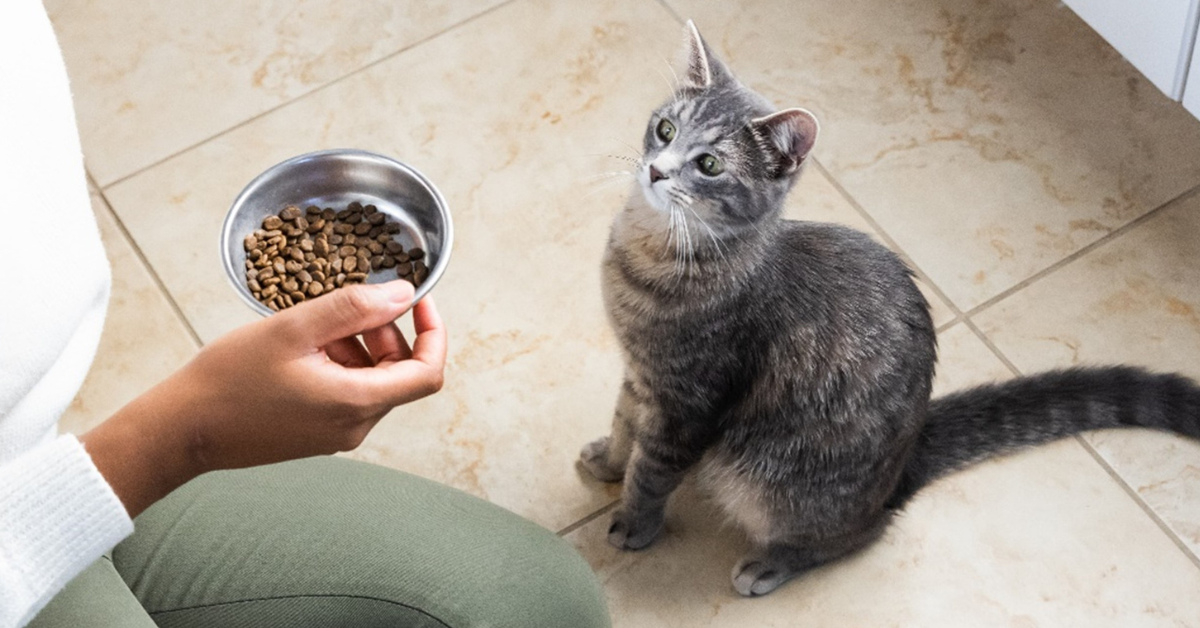
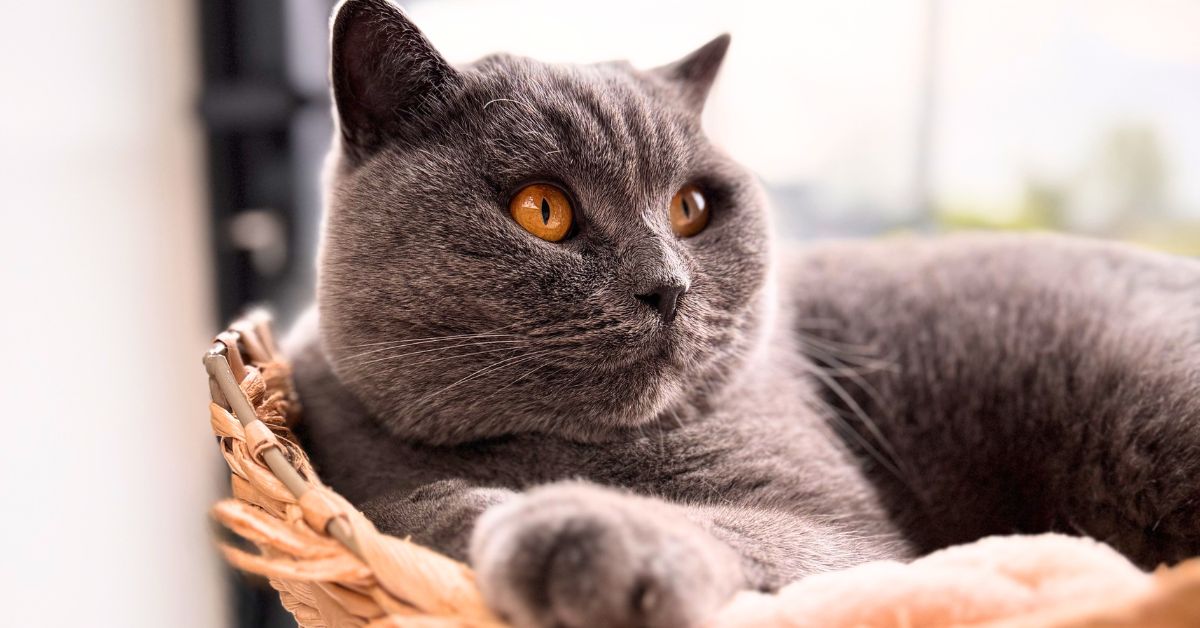

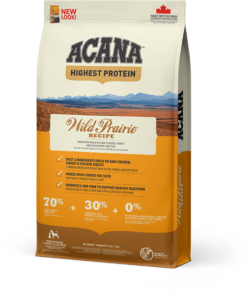
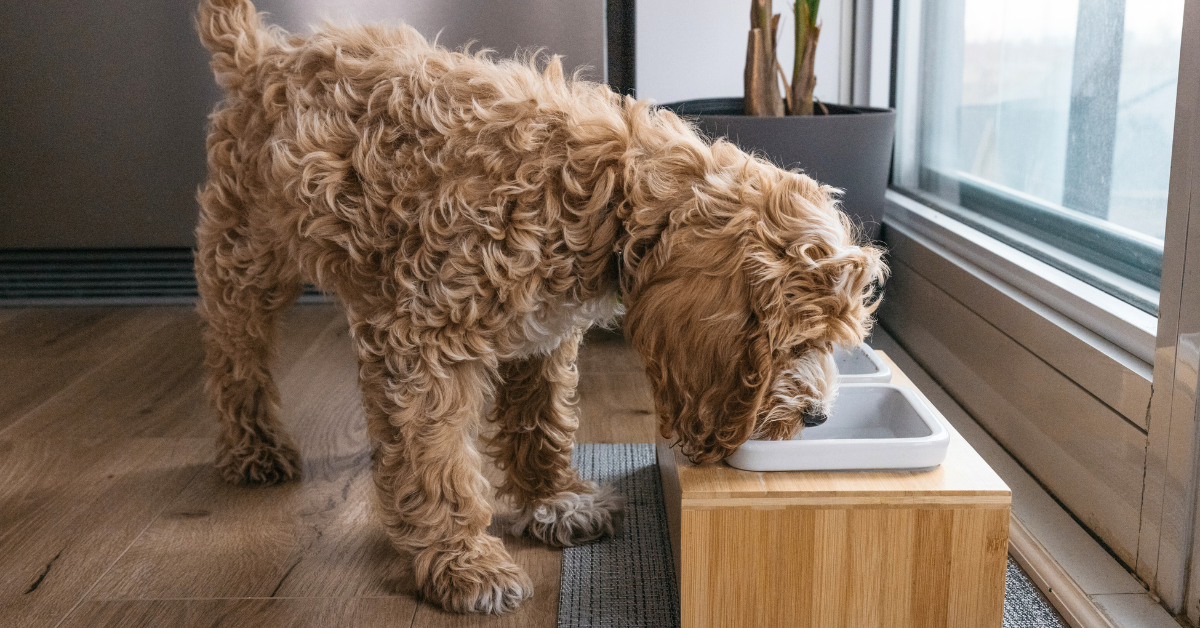



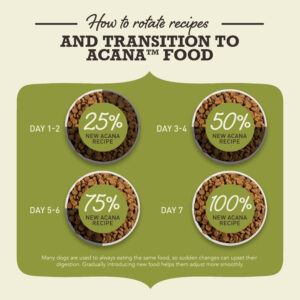 Dogs are often fed the same food for a long period of time, which means a sudden food change can make it difficult for their digestive systems to adapt.
Dogs are often fed the same food for a long period of time, which means a sudden food change can make it difficult for their digestive systems to adapt.

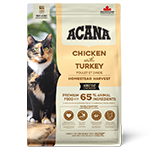
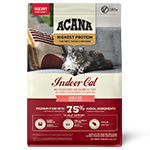
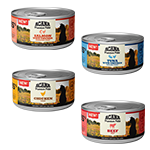

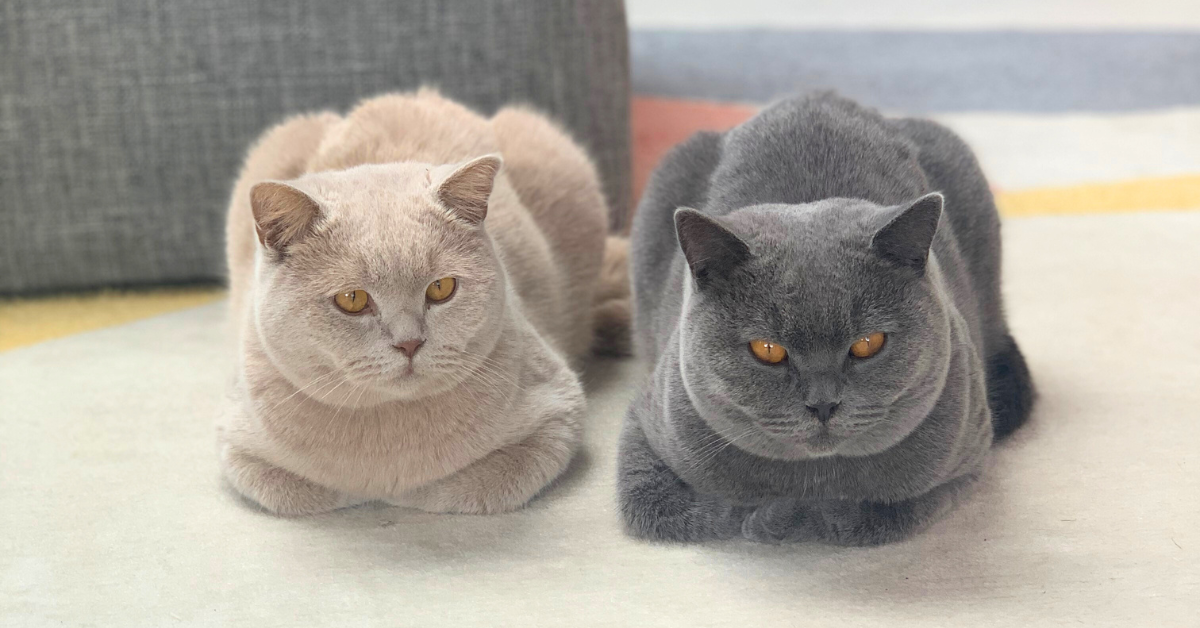
 I am bombarded with advertising promising to make Woody and Buzz purr more and be ‘happy and healthy’ cats. There is an overwhelming choice in supermarkets, it’s difficult to know where to start.
I am bombarded with advertising promising to make Woody and Buzz purr more and be ‘happy and healthy’ cats. There is an overwhelming choice in supermarkets, it’s difficult to know where to start. their food away from others, dogs or noisy family members. They also benefit from multiple sources of fresh water to remind them to stay hydrated. This is important because it will help protect them from urinary disease.
their food away from others, dogs or noisy family members. They also benefit from multiple sources of fresh water to remind them to stay hydrated. This is important because it will help protect them from urinary disease.
